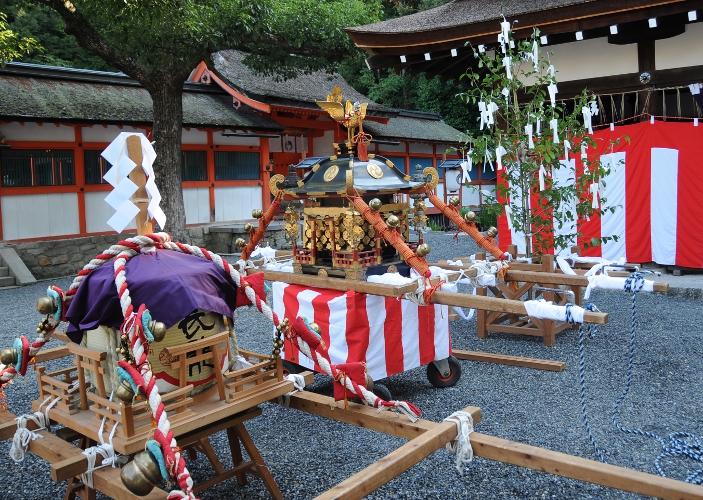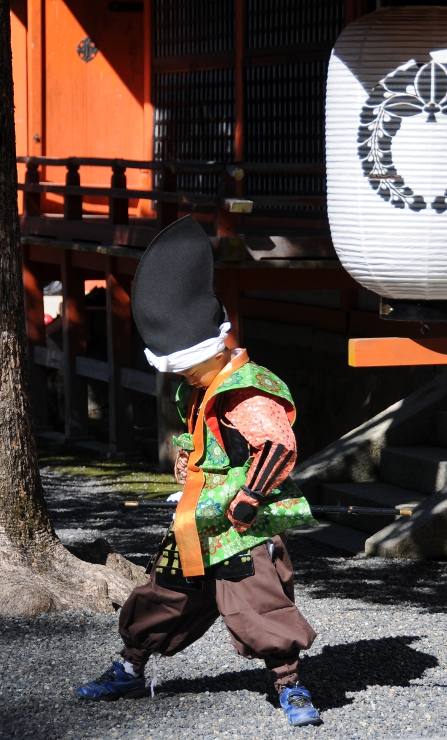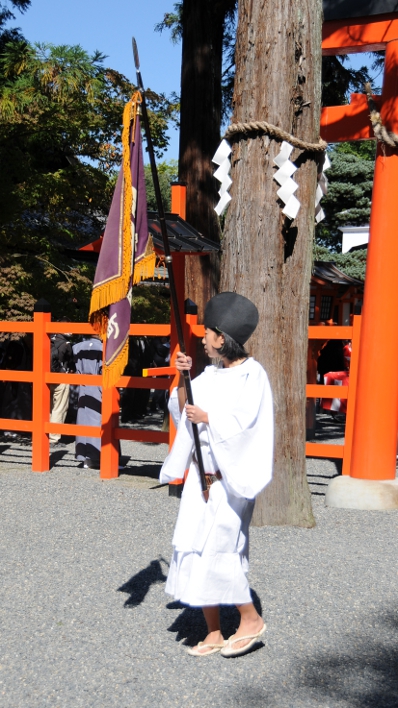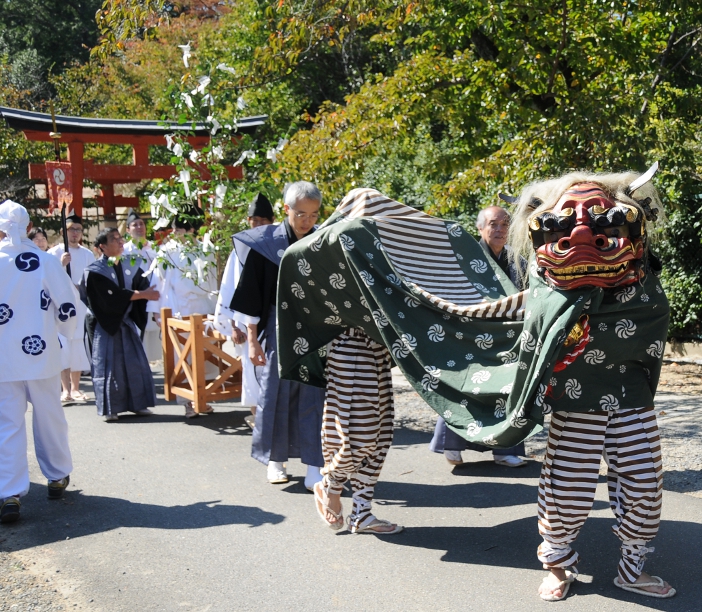In the late afternoon on Wednesday, a housemate came to my room, she was quite miserable: She had spent all day in the library doing research, and when she went home, exhausted, she had forgotten her bag in the bus, complete with laptop and the day’s findings. She didn’t know what to do, and because of another appointment in the evening she couldn’t do anything anyway. As she does not speak Japanese, she couldn’t make phone calls either, so I agreed to go to the police station with her on Thursday morning.
There is a rather large police station – not just a neighborhood Koban – nearby on Higashiojidori, and we arrived there at 9:15 on Thursday morning. Only three police cars were parked outside, but when we entered, there were lots of men in uniform. There was an open counter and a young man got up as we approached it. On my question whether he spoke any English he first got pale, then looked around for help from his colleagues, but they did not seem at all eager to assist him. Finally he grabbed a big yellow report pad and a pen and put it in front of us. My friend wanted to explain in English, but I ventured forth – I had had lots of time to practise – and said in slow, deliberate Japanese: “Yesterday, my friend forgot her bag in the bus.”
The policeman’ s face lit up as I had never before seen in an adult, only with small children in front of their first Christmas tree. I am not sure what exactly made him so happy: That he could understand what those foreigners wanted, or that this was not his responsibility. In any case, he hastily put the notepad back again and motioned us to follow him. At the end of a dark corridor there was the Lost & Found office, he briefly explained there what we wanted and hurried back to his own counter, visibly relieved.
s face lit up as I had never before seen in an adult, only with small children in front of their first Christmas tree. I am not sure what exactly made him so happy: That he could understand what those foreigners wanted, or that this was not his responsibility. In any case, he hastily put the notepad back again and motioned us to follow him. At the end of a dark corridor there was the Lost & Found office, he briefly explained there what we wanted and hurried back to his own counter, visibly relieved.
I repeated my well-rehearsed sentence nevertheless, and we received a form – bilingual in Japanese and English – to fill out. It was quite the expected: Who are you, where do you live, when, and where did you lose what exactly. My friend even went so far to draw a picture of the bag… Anyway, while she was filling out the form, I tried to explain – in a mix of Japanese and English, aided by a prepared list of vocabulary, that she was an author, that her latest book was on the laptop inside the bag, and that it was very, very important indeed to have it back.
While one of the clerks helped us filling out the form, another one called the bus company but it turned out that the bag had not yet been found. My friend got worried, but I tried to calm her by saying that it was quite early in the morning, and that the report and/or the bag may not have made it to the main office just yet.
At that point the office head joined us at the window, asked what all the fuss was about and finally inquired why we had not called the bus company ourselves. I tried to explain that I could make myself understood in Japanese when talking to people face to face, but that I was entirely lost on the phone. Anyway, we left with a note on which three numbers were scribbled: The one of the lost and found office, the number of the report we had just filed, and the number of the bus company, just in case. It was 9:45.
From there, things went uphill. My housemate remembered a Japanese friend and she got her to call the bus company and to inquire for the bag directly there. Also our landlady, contacted the night before, had called the bus company. At 2:30 pm, the relieving message came: The bag had been found and could be picked up at the bus terminal.
When I returned from my soroban class in the evening, my friend already sat in front of her own computer again, relieved and happy. She said that everything had been inside the bag just as she had left it – with one exception: Somebody had gone through the bag – probably to try and find a hint of the owner – and had removed the banana peel that was still inside… What a service!
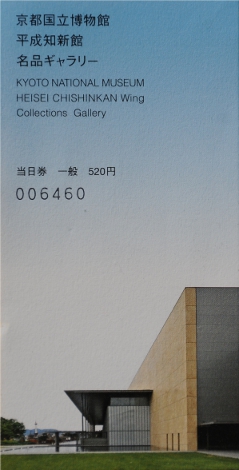 As I had last week off so to speak, I did my bit to appreciate culture, although not everything I thought I would. I went to the Kyoto National Museum and saw their normal collection in the newly built Heisei Chishinkan Wing, an interesting, brand-new building that had been opened in mid September this year.
As I had last week off so to speak, I did my bit to appreciate culture, although not everything I thought I would. I went to the Kyoto National Museum and saw their normal collection in the newly built Heisei Chishinkan Wing, an interesting, brand-new building that had been opened in mid September this year. al Museum of Art until November 9th. There were prints (woodblocks, lithographs, engravings, etchings, modern photo prints…) of 38 Australian and 106 Japanese artists. There were some very striking pictures, but interestingly, I generally preferred the Japanese prints over the Australian ones.
al Museum of Art until November 9th. There were prints (woodblocks, lithographs, engravings, etchings, modern photo prints…) of 38 Australian and 106 Japanese artists. There were some very striking pictures, but interestingly, I generally preferred the Japanese prints over the Australian ones.
